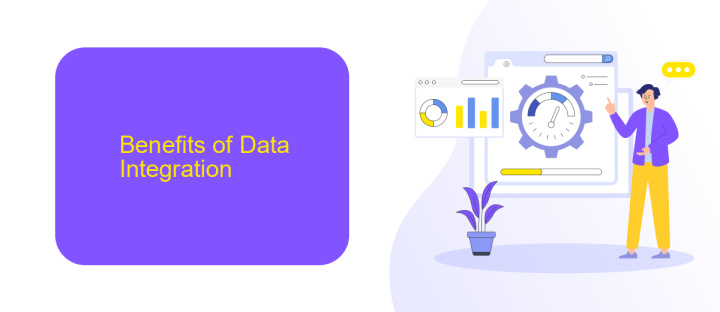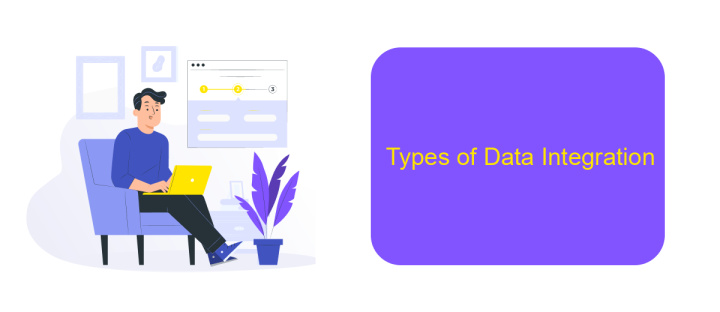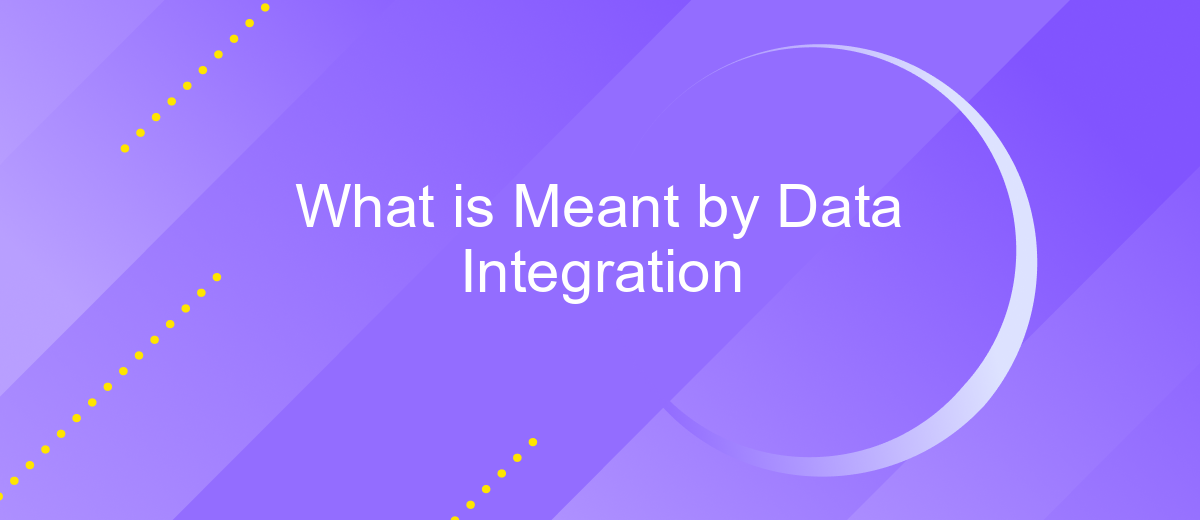What is Meant by Data Integration
Data integration is a critical process in today's data-driven world, enabling the seamless merging of information from various sources into a unified view. It plays a pivotal role in enhancing decision-making, improving operational efficiency, and fostering innovation. This article delves into the concept of data integration, exploring its significance, methodologies, and the benefits it offers to organizations across industries.
What is Data Integration
Data integration is the process of combining data from different sources into a single, unified view. This is essential for businesses looking to leverage data for informed decision-making, operational efficiency, and strategic planning. The goal is to provide a cohesive and comprehensive dataset that can be easily accessed and analyzed.
- Combining data from multiple sources
- Ensuring data consistency and accuracy
- Facilitating seamless data flow
- Improving data accessibility and usability
Effective data integration often involves the use of specialized tools and services. For instance, ApiX-Drive offers a seamless way to connect various applications and automate data transfer processes. By using such platforms, businesses can streamline their data workflows, reduce manual efforts, and ensure real-time data synchronization across systems. This ultimately enhances the quality and reliability of the integrated data, empowering organizations to make better, data-driven decisions.
Benefits of Data Integration

Data integration offers numerous advantages for businesses looking to streamline their operations and enhance decision-making processes. By consolidating data from various sources into a unified system, companies can achieve a comprehensive view of their operations, leading to more accurate and timely insights. This holistic approach not only improves data quality but also reduces redundancy, ensuring that all departments within an organization are working with the same, up-to-date information.
Moreover, data integration facilitates automation and efficiency, allowing businesses to save time and resources. Tools like ApiX-Drive simplify the integration process by enabling seamless connections between different applications and services. This ease of integration helps organizations quickly adapt to changing business needs and technological advancements. Ultimately, data integration empowers businesses to make more informed decisions, improve customer experiences, and maintain a competitive edge in the market.
Challenges of Data Integration

Data integration is a crucial process for businesses, yet it comes with several challenges. One of the primary issues is the complexity of integrating data from diverse sources, which can have different formats, structures, and protocols. This complexity often leads to data inconsistencies and errors, making it difficult to maintain data quality.
- Data Silos: Different departments may use separate systems, creating isolated data silos that hinder comprehensive data analysis.
- Data Quality: Ensuring the accuracy, consistency, and completeness of data during integration is a significant challenge.
- Scalability: As businesses grow, the volume of data increases, requiring scalable solutions to manage and integrate this data effectively.
- Security and Compliance: Integrating data from various sources can expose sensitive information, necessitating robust security measures and compliance with regulations.
- Technical Expertise: Effective data integration often requires specialized knowledge and skills, which can be a barrier for some organizations.
To address these challenges, businesses can leverage tools like ApiX-Drive, which simplify the integration process by providing a user-friendly platform to connect various applications and automate data workflows. By using such services, organizations can reduce the complexity of data integration, improve data quality, and ensure scalability and security.
Types of Data Integration

Data integration is a crucial aspect of modern data management, enabling organizations to combine data from various sources into a single, unified view. This process ensures that data is consistent, accurate, and accessible across different systems and platforms.
There are several types of data integration methods, each serving different needs and use cases. Understanding these types can help organizations choose the best approach for their specific requirements.
- ETL (Extract, Transform, Load): This traditional method involves extracting data from source systems, transforming it to fit operational needs, and loading it into a target database or data warehouse.
- ELT (Extract, Load, Transform): Similar to ETL, but the transformation occurs after the data is loaded into the target system, often used in cloud-based data warehousing.
- Data Virtualization: This approach allows users to access and query data in real-time without moving it, providing a unified view from multiple sources.
- API Integration: Using APIs to connect different systems and allow them to communicate, often facilitated by integration platforms like ApiX-Drive.
Each method has its own advantages and challenges, and the choice depends on factors such as data volume, complexity, and real-time processing needs. Tools like ApiX-Drive can simplify the integration process by providing pre-built connectors and automated workflows, making it easier to manage and synchronize data across various applications.
Tools for Data Integration
Data integration tools are essential for combining data from various sources into a unified view, enabling more efficient data analysis and decision-making. These tools can range from simple ETL (Extract, Transform, Load) software to more complex platforms that offer real-time data integration capabilities. Some popular tools include Apache Nifi, Talend, and Microsoft SQL Server Integration Services (SSIS), each offering unique features to cater to different integration needs. These tools help automate the process of data extraction from disparate sources, transforming it into a usable format, and loading it into the desired destination, such as a data warehouse or a business intelligence system.
One notable service for data integration is ApiX-Drive, which provides a user-friendly interface for setting up integrations without requiring extensive technical knowledge. ApiX-Drive allows users to connect various applications and automate data workflows seamlessly. It supports a wide range of applications, from CRM systems to e-commerce platforms, making it a versatile choice for businesses looking to streamline their data processes. With features like real-time data synchronization and customizable workflows, ApiX-Drive ensures that data is always up-to-date and readily available for analysis.
FAQ
What is data integration?
Why is data integration important?
What are the common challenges in data integration?
How can businesses automate data integration processes?
What are the benefits of using a data integration tool?
Routine tasks take a lot of time from employees? Do they burn out, do not have enough working day for the main duties and important things? Do you understand that the only way out of this situation in modern realities is automation? Try Apix-Drive for free and make sure that the online connector in 5 minutes of setting up integration will remove a significant part of the routine from your life and free up time for you and your employees.

